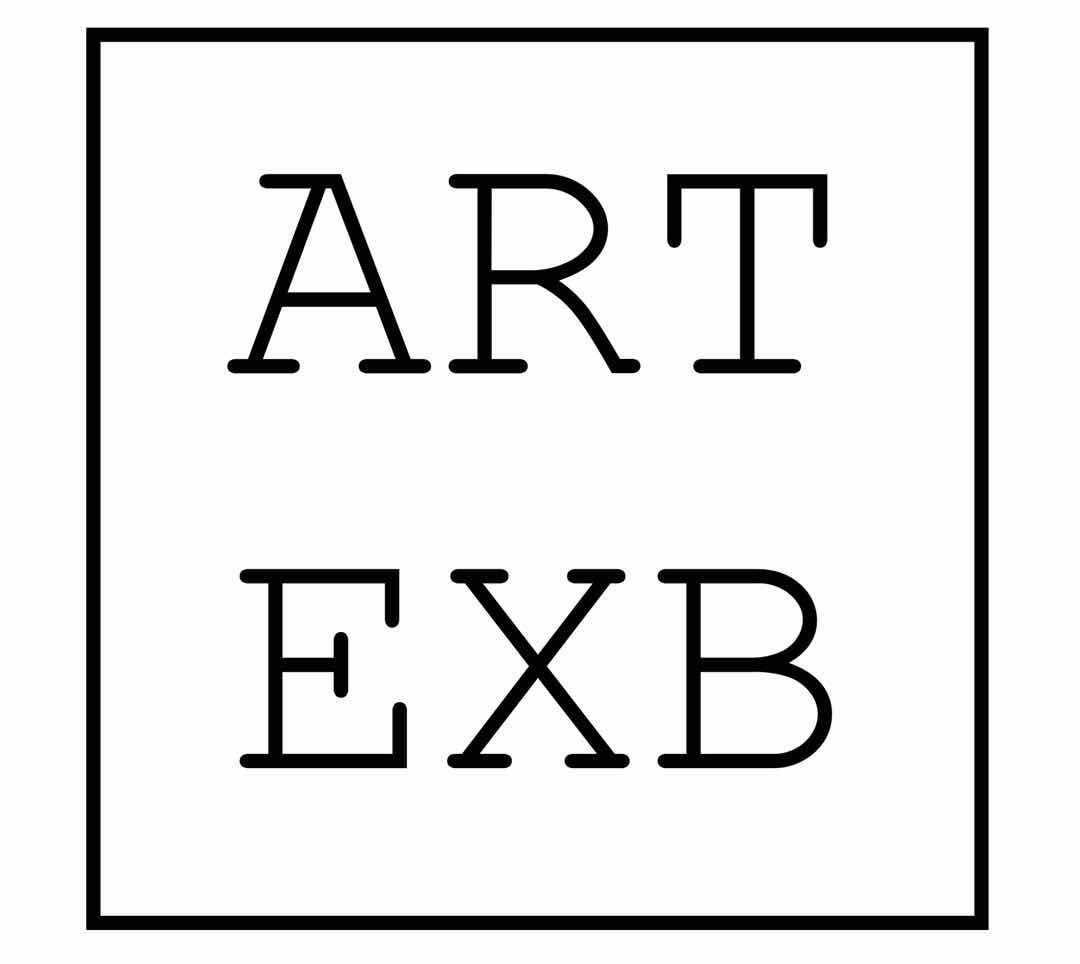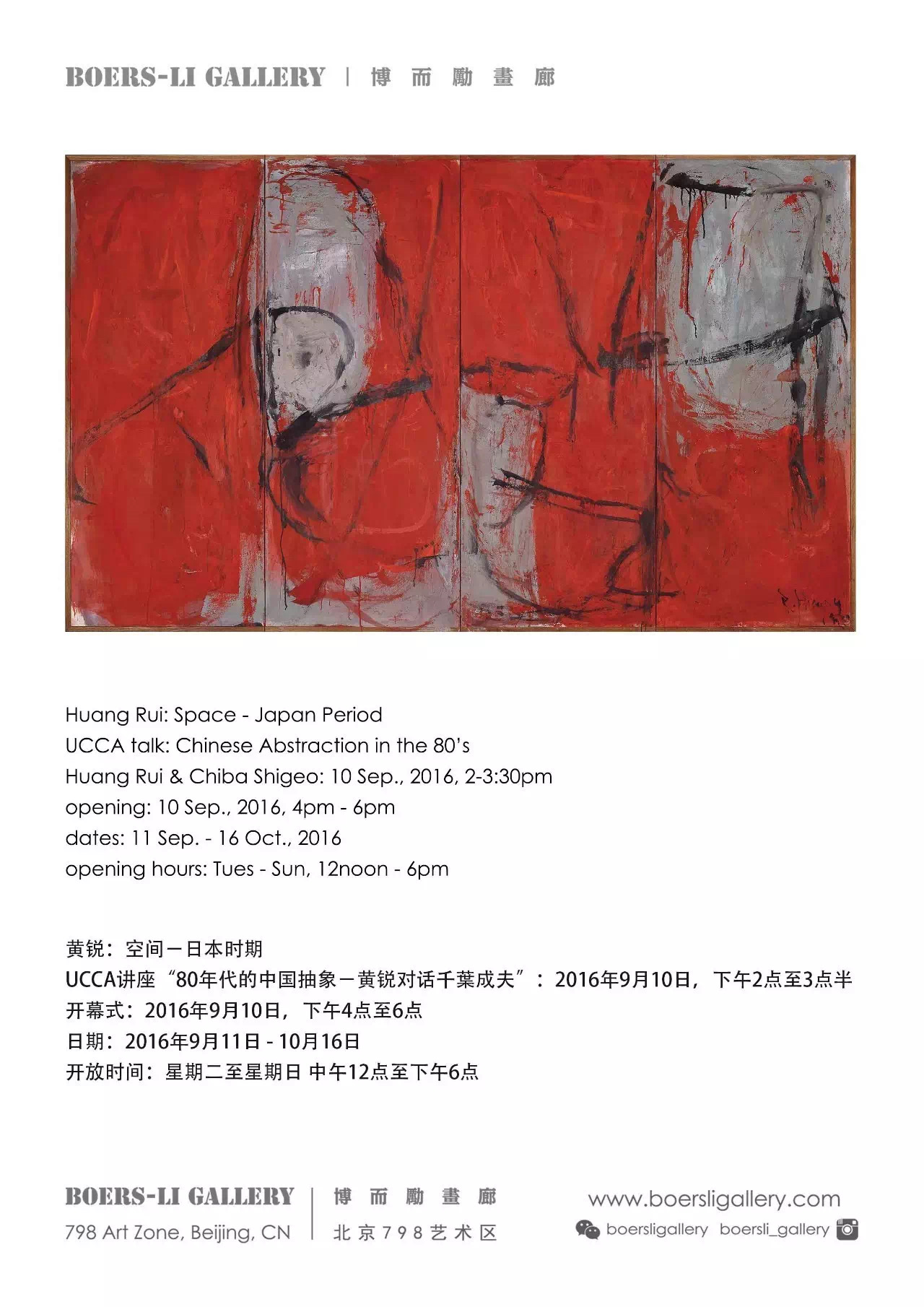At the time of making a work, I want to transform what I see into the material and space on the opposite side, seeing what kind of things it forms. Each time, when I face the blank space, there is a “distance,” which makes me feel contradictory. Starting from after the Stars to the initial period of going to Japan, I have been working on the Space Structure series, then I turned to the Space series. At the time I promoted the exhibition of the works in the gallery. But I lost direction during each exhibition, because I felt that there are many things that needed to be considered. The colorful real world always attracts me, and in the face of our own living space and daily issues, some solutions in the artistic aspect are often narrow, cramped, and even a little bit ugly. I always think such of questions in the sense of “as an abstract artist, how to devote to his own life. (Huang Rui)
Huang Rui is a person who recognises Han Shan when he laughs. To a greater extent many of his contemporaries who came of age in the 1960s, Huang Rui is the quintessential Chinese artist. Born in 1952, he is one of the founding members of the Chinese contemporary art movement, and a founding member of the Chinese avant-garde art group the Stars, which included artists Wang Keping, Ai Weiwei, Ma Desheng and Li Shuang. In 1978, Huang Rui co-published the literary journal Today (今天), which included both the poetry and prose of such writers as Bei Dao, Gu Cheng, Mang Ke, Shu Ting, and Yang Lian. But unlike many other Chinese contemporary artists, who succumbed to the relentless pressures of the Western art market to create art that is more readily understandable by Western buyers, Huang Rui acknowledges his debt to the West without feeling obliged to repay it in compromise. At the same time, Huang Rui’s debt to the East however, is substantial, as can be seen in his works created in Japan from 1984 to 2000, when Huang Rui left to seek greater artistic freedom away from the confines of 1980s China.

